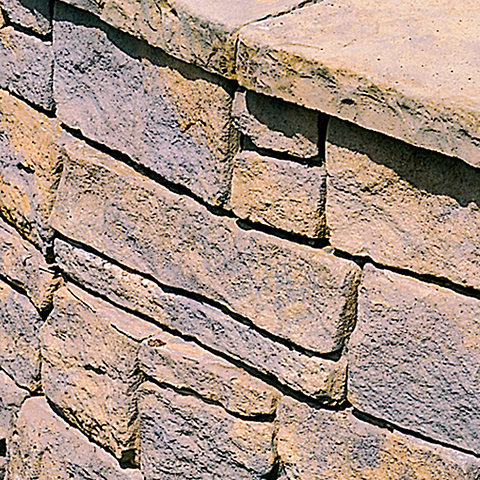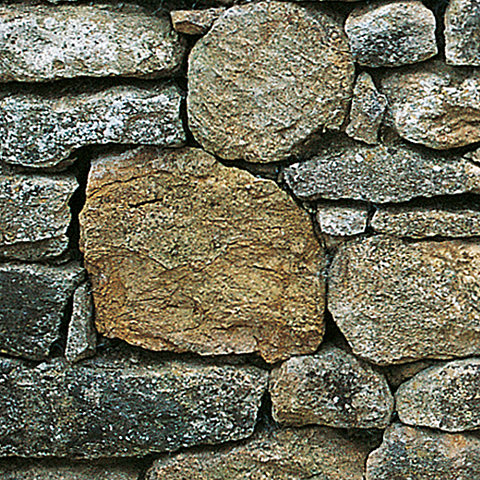Brick & stone buying guide
You can build your garden wall from bricks, natural stone or reconstituted stone (which is made from concrete bricks that are finished and coloured to look like stone).




Bricks are the cheapest material for a garden wall. They're rough or smooth, come in a range of colours and have either a multi-coloured or mottled look. If you have an older-style house, you can even get second-hand bricks with a weathered look that could blend in well with your walls - although they're not cheap and might not be frost-resistant.
Types of brick
Bricks come in all kinds of shapes, sizes and levels of durability. The standard size is 215mm x 102.5mm x 65mm (although this can vary by a few millimetres). Most bricks are solid and can have flat surfaces or a depression (called a 'frog') on one face. Some (known as 'perforated' or 'cored' bricks) also have holes through them.
Facing bricks
Available in a variety of colours and textures, this is the type of brick most often used to build garden walls.
Common bricks
Usually cheaper and less attractive than facing bricks, these are often laid where they won't be visible (although you can't lay them below ground).
Engineering bricks
These dense, strong bricks are normally used underground - particularly for foundations or manholes.
Wall ties
These galvanised metal or stainless steel strips (often butterfly-shaped) bind sections of masonry together. They're laid in the mortar as the wall is built.
Specials and coping
There are different-shaped bricks (known as 'specials') for decorative brickwork, for fitting into corners and angles, and for coping (the name for the top course of a wall). Coping can be made of brick or stone, and ensures that water runs off the wall rather than soaking into it (where it could freeze in winter and cause serious damage). Coping bricks come in lots of shapes and widths - some with attractive patterns - to suit walls of different thicknesses. They usually stick out 25mm from each side of the wall, and might slope in one or both directions.
Brick grading and durability
| F2 category | Completely frost-resistant |
| F1 category brickwork | Moderately frost-resistant |
| F0 category | Not frost-resistant, for internal use only |
| S2 category | Low salt content, suitable for most uses |
| S1 category | Not suitable for foundations or retaining walls |




Natural stone
You can buy natural stone from quarries or reclamation yards, but it tends to be quite expensive. Stone in its natural state is classed as random rubble or undressed stone. Semi-dressed stone (shown in the picture) is cut into fairly uniform blocks with uneven surfaces, while fully-dressed stone with machine-cut faces is called Ashlar.
Semi-dry stone
If you want to build a genuine dry-stone wall, you'll need to choose your stones carefully so they're stable without needing mortar to bind them together. Semi-stone walls look similar - but have hidden mortar joints.
Reconstituted stone
You can build a wall from reconstituted stone that helps you create the look of a dry-stone wall in far less time - and at a fraction of the cost. It comes in all kinds of colours and finishes, either as single bricks or composite blocks that look like a number of laid stones.
Pitched walling
These reconstituted stones have a rugged, protruding face that looks like quarry-dressed stone. You can buy them in a range of natural shades.
Composite dry-stone walling
These slate-effect blocks lock together, which makes them pretty straightforward to lay.
Composite block walling
These blocks are simple to lay and don't need pointing.